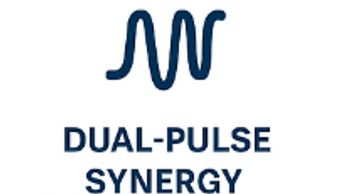Discover the HydraSTIMSolution™
The HydraSTIMSolution™ integrates patented downhole pulse-based stimulation with conventional hydraulic fracturing workflows to deliver localized, high-amplitude pressure pulses at reservoir depth. This innovative approach minimizes energy dissipation in the wellbore, enhances fracture initiation and propagation through rectangular pulse hydraulics, and enables closed-loop real-time optimization via embedded downhole diagnostics, driving superior reservoir connectivity and recovery in complex unconventional plays.

Core Challenges Facing Conventional Hydraulic Fracturing

Innovations of HydraSTIMSolution™

Delivers high-pressure pulses directly at reservoir depth for enhanced fracture initiation

Generates high-amplitude rectangular waves for deeper, more complex fractures

Combines sine and rectangular pulses to improve proppant transport and fracture reach

Uses downhole sensors and edge computing to dynamically adjust pulse delivery

Compatible with standard rigs; avoids HPHT constraints for cost-effective deployment

Downhole pressure monitoring enables high-resolution fracture geometry interpretation
This website uses cookies.
We use cookies to analyze website traffic and optimize your website experience. By accepting our use of cookies, your data will be aggregated with all other user data.